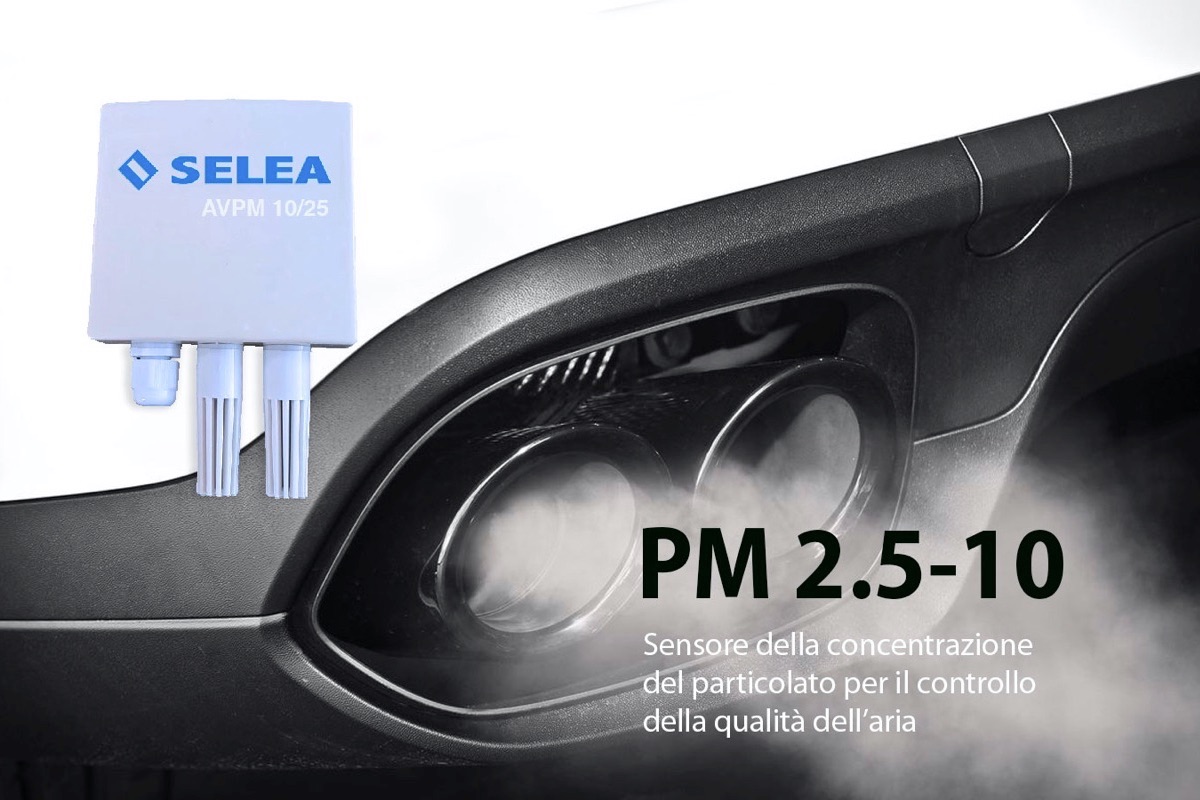Monitoring air quality has now become indispensable in almost all towns and cities with a high population density and PM10 is currently a hot topic. But what is PM10?
With this term the European Union, through the UNI EN12341:2014 standard, identifies a particular type of particulate matter, or polluting particles, present in the air we breathe with dimensions of 10 microns, which can be organic or inorganic in nature and be present as a solid or liquid. The surfaces of these nano-elements are capable of absorbing various substances with toxic properties such as sulphates, nitrates, metals and volatile compounds.
In principle, the lower the number used to indicate particulate matter, the more dangerous it is for human health. PM 2.5 refers to particles having dimensions smaller than or equal to 2.5 microns, therefore, while PM10 reaches only the bronchi, trachea and upper respiratory tract, PM 2.5 is able to penetrate into the pulmonary alveoli with possible diffusion in the blood, making them believed to be even more dangerous.
Selea has incorporated a particulate matter sensor into its number plate recognition cameras, with the aim of allowing the Public Administration to monitor atmospheric pollution levels as well as traffic.
